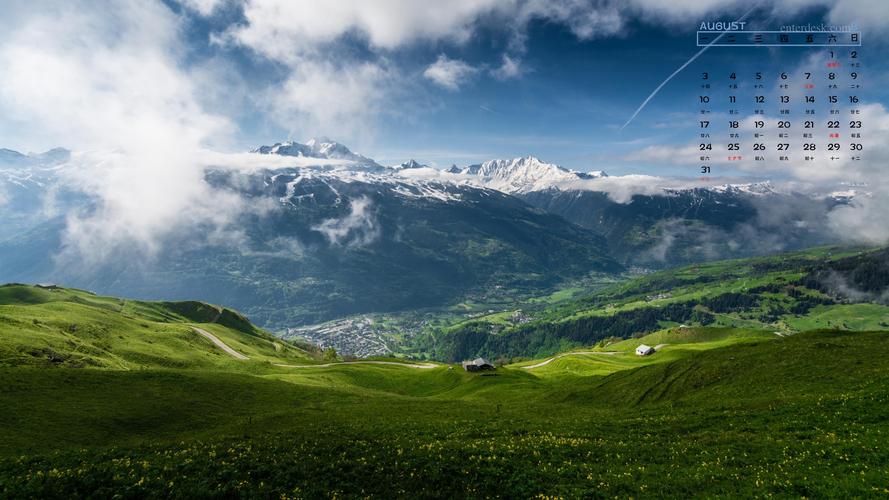Music and dance are integral components of traditional celebrations worldwide. They enrich the experience of the celebration, bringing an exuberance and joy to the occasion that nothing else can. In many cultures, music and dance are thought to ward off evil spirits and bring good luck and fortune. Religious ceremonies, weddings, and birthdays are only a few of the occasions where music and dance play vital roles.
Music and dance have a power to bring people together in celebration. When people gather to dance and listen to music, they forget their differences and just enjoy themselves. It is a universal language that transcends race, nationality, language, and cultural differences.
In traditional celebrations, music and dance also have a symbolic meaning. Sometimes, the steps and music of the dance represent how people lived in the past or the natural environment that a community is surrounded by. The meaning behind the music and the dance adds a depth to the celebration and connects people to their cultural heritage.
Music and dance can create lasting memories of the celebration. When people hear a certain song or see a particular dance, they remember the joy and euphoria they felt at the occasion. It brings people together, even if only in memory, to relive the moments they shared during the celebration.
In conclusion, music and dance are crucial elements of traditional celebrations. They infuse joy, create unity, have symbolic meaning, and build lasting memories. Without music and dance, traditional celebrations would not be as special.
(Note: Do you have knowledge or insights to share? Unlock new opportunities and expand your reach by joining our authors team. Click Registration to join us and share your expertise with our readers.)
Speech tips:
Please note that any statements involving politics will not be approved.
